To deal with big problems, the second presidency of Donald Trump adopts a three-step approach. First, the declaration of authority: in this case, the designation announced in February of multiple Mexican and South American cartels as international terror organizations, opening up new avenues for legal, intelligence and potential military responses.
Next, eye-popping kinetic action: this came with SOUTHCOM’s deployment in August of eight warships to the Caribbean and Pacific Oceans, including three Aegis guided-missile destroyers parked off the coast of Venezuela along with a landing dock, amphibious assault ships and a fast-attack nuclear submarine. These vessels can carry 4,500 Navy and Marines along with helicopters, advanced surveillance equipment and cruise missiles that can strike anywhere at will.
Earlier this month, we saw a missile kill 11 “narco-terrorists” on a boat coming out of Venezuela. “Instead of interdicting it, on the President’s orders, we blew it up,” confirmed Secretary of State Marco Rubio. “And it’ll happen again.”
The third step involves a very public forging of Trumpian symbolism: look to Defense Secretary Pete Hegseth’s announcement last month of the restoration of the Mexican Border Defense Medal, an award given originally to the armed forces that supported the expedition of General “Black Jack” Pershing (a personal favorite of Trump’s) in Mexico more than a century ago. The bronze Roman sword and crossed sabers on a medal emblazoned “For Service on the Mexican Border” could hardly send a louder message. Watch out, Mexico: MAGA has found the one war it wants.
If this second administration has a motto, it’s “again this time, but for real.” Tweets fired off from the hip, now in the form of Truth Social posts, could once be dismissed even by the President’s supporters as something to be taken seriously, but not literally. Now, the Donald’s outbursts are gospel. In his first term, Trump and the likes of then-secretary of state Mike Pompeo publicly entertained the idea of escalating the mission against Mexico’s cartels to a military priority, but never formally did so. This time, the primary Mexico brief landed not at State, Homeland Security or Justice – but with gung-ho Defense Secretary Pete Hegseth.
On his first call in January with Mexican officials, the newly confirmed Hegseth delivered an unequivocal message: that unilateral US military action was on the table if Mexico didn’t step up action against the cartels – a statement that left the Mexican brass “shocked and angered” according to the Wall Street Journal, but directly preceded the unprecedented handover of 29 top cartel officials for extradition.
If that was supposed to satisfy Hegseth, it hasn’t – in the months since, he has publicly stated that “we’re taking nothing off the table – nothing,” when it comes to potential strikes and that “we’re watching [the cartels], and we know a little bit more than they think we know about them.”
A network of drones and spyplanes provide an eye-in-the-skyview of cartel assets and activity
What the US knows is largely thanks to a network of drones and spy planes which provide an eye-in-the-sky view of cartel assets and activity. They are technologically capable of transforming from watchers to weapons as they have to great effect in Africa and the Middle East. Razing targets from the sky is not something the Mexican military is built to defend against: their assignment is the control of the Mexican people. One analyst told me: “There is no part of Mexico we cannot reach.” But this White House and the key players in Trump’s cabinet also recognize that declaring war on the cartels – by wiping out fentanyl labs, demolishing training camps in Jalisco, or killing drug kingpins – is pointless if, Hydra-like, the monster’s heads simply grow back.
That’s why for this White House, success is defined as forcing the Mexican government to do what it doesn’t want to. As Hegseth indicated on that first call, Mexico must handle the cartel problem itself, lest the Americans handle it instead.
One reason war on the cartels has become a MAGA priority is due to the forward-looking politics of the top men surrounding the President. Vice President J.D. Vance, Rubio and even Hegseth himself could conceivably run in 2028, and Trump’s close advisors, such as Stephen Miller, have warned that a temporarily quiet border isn’t enough. Mexico is a problem to be solved now, not when the cartel’s spigot of drugs and trafficking presumably turns back on in three years’ time.
It’s telling that Rubio is aligned with this stepped-up mission, potentially breaking with the prevailing views among long-serving diplomatic experts such as Spanish-born former ambassador to Mexico Christopher Landau, currently Deputy Secretary of State, who prefer the public-facing perception of cooperation and fear potential blowback over military action. While officials who prioritize the status quo are loath to openly criticize Mexican leadership, within the administration there is a sizable faction, possibly including the President himself, who no longer believe Mexico’s President Claudia Sheinbaum when she says she’s cooperating. “The Mexicans are just trying to buy time until the White House changes hands again,” one analyst told me.
For Mexican nationalists and anti-war critics on right and left, Trump’s burgeoning cartel war is framed as an act of imperial authoritarianism: simply the next step for a President who talked of buying Greenland and making Canada the 51st state. The less radical criticism raised in the pages of the New York Times and the Wall Street Journal has focused more on the lack of effectiveness: that Hydra problem again. But the truth is that Trump and his team of warriors have no designs to conquer Mexico, or even to eliminate the cartels completely – instead, they view the aim of kinetic military action as a threat designed to force Mexico to end the dominance of the cartels itself.
Left to its own devices, Mexico would have little appetite for this. The protection of these powerful entities has become the number one priority of the state. The cartels raked in billions from trafficking millions of people and poisoning tens of thousands during the Joe Biden years, and they paid a pretty penny to the Mexican government to do so. This effectively turned our neighbor into a quasi-failed narco state.
In Mexico, politicians work for criminals – or else they are the criminals. And the politicians have hardly been quiet about it – see former president (and still the most influential politician in Mexico) Andrés Manuel López Obrador, who declared any assault on the cartels as tantamount to war on all Mexicans. He called it “demonization,” saying that the cartels were “respectful people” who “respect the citizenry.”
The former ruler now presides from the security of his ranch, La Chingada (translated, it means “the fucking thing” or “the one who’s fucked”), where he exercises control of the ruling party via his son and a vast network of cronies. On the rare occasions where Sheinbaum has opposed an AMLO decision, such as nominations for various offices, the former president’s loyalists in the Mexican Congress have reminded her who’s actually boss. They remain loyal to the leader who enriched them so well with decades of bribes and kickbacks. But there is a crack in the facade: AMLO is well aware he enjoys his quasi-retirement (he is ostensibly writing a history of Mexico) only so long as his successor succeeds in keeping the US out.
As AMLO’s chosen heir, Sheinbaum is a true believer following a more pragmatic leftist nationalist – imagine a Bernie superfan inheriting the mantle from the man himself. Berkeley-educated Sheinbaum has managed her relationship with Trump relatively well, praising him in English and saving her criticisms for Mexican audiences. Yet part of the reason AMLO chose her in the first place is her weakness – she has no organic base within the Morena party apart from him. And her naive ideological commitment to AMLO’s utopian program has earned her disdain and even naked contempt from the former president’s cronies, who were spotted earlier this year declining to shake her hand after a major public speech.
There’s a distinct lack of on-the-ground human intelligence about the cartels’ activity, but a series of recent court deals could play an important role. Information from Ismael “El Mayo” Zambada, the co-founder of the Sinaloa Cartel who faces a life sentence after pleading guilty in New York, and from Ovidio Guzmán López, son of El Chapo, who pleaded guilty in Chicago, could change that. Both have the ability to inform on key figures within the cartels and the Mexican government itself.
Mexico hawks believe recent improvement on the border is not due to Sheinbaum, but to a change of mindset by the cartels and their government cronies who have perhaps calculated that a few lean years under Trump are tolerable, especially if Gavin Newsom takes over next. But a temporarily quiet border isn’t enough for this version of Trump, and Mexico is one area where the MAGA base and its brain trust seem open to the idea of more aggressive action.
“There’s a 1,950-mile border that changes the calculus for MAGA, with a much more present awareness of the danger because of that proximity,” says Heritage Foundation President Kevin Roberts. He emphasizes that the institutional right would be “categorically supportive” and dismisses the idea of backfire from the President’s base. “There are a lot of us outside the White House who are working with the folks on the inside on raising up Monroe Doctrine 2.0, including key players in the administration. If you do what needs to be done to wreck the cartels, who would complain on the right?”
Roberts also believes that a motivating factor for some is Mexico’s Chinese connection – comparing it to Germany’s Zimmermann Telegram of 1917 – both through investment and as a source for the basic elements of drug production. “[MAGA] people who want us to be less active in the Middle East and Europe are aware of this,” Roberts says. “The threat of increased presence of China in our hemisphere makes this a problem people are willing to confront, even if they are more uncertain about how to deal with challenges like Taiwan.”
Ryan P. Williams, president of the California-based Claremont Institute, echoes this view. “This is about reflexive Jacksonian values. Our hemisphere has been the central focus of American foreign policy going back to a more responsible era when our statesmen were better educated by eighth grade than our leaders today,” he says, comparing the moment to John Quincy Adams’s defense of Andrew Jackson’s conquest of Florida. “If you have sovereign control over territory and you lose it, and violence comes from that which hurts our citizens, it’s our right to fix a situation if you can’t or won’t, including with force.”
This is the one war MAGA believes is worth starting. “The bureaucratic institutional culture in Washington at places like the State Department thinks of problems as something to be managed and under no condition ever disrupted,” Williams says. “But a big course correction when it comes to Mexico has been long overdue, and the threat of a quasi-failed state run by cartels, with regular incursions over our southern border by drones and other forces, with drugs flowing into our streets fueled by Chinese materials – we should not put up with this any longer.”
The drones are silent for now. Trump’s current approach is an encirclement strategy led by SOUTHCOM – going after the Venezuelans, the Cubans and the Nicaraguans, partnering with friendly governments such as Ecuador to eliminate Mexican criminals in their own state, and operating in a concentric fashion in an attempt to accomplish America’s aims without pulling the trigger. But the government stands ready, should that approach fail, in all likelihood followed by a solemn statement sincerely thanking our willing partners in the Mexican government for their cooperation and help – whether or not they gave it.
This article was originally published in The Spectator’s September 15 2025 World edition.










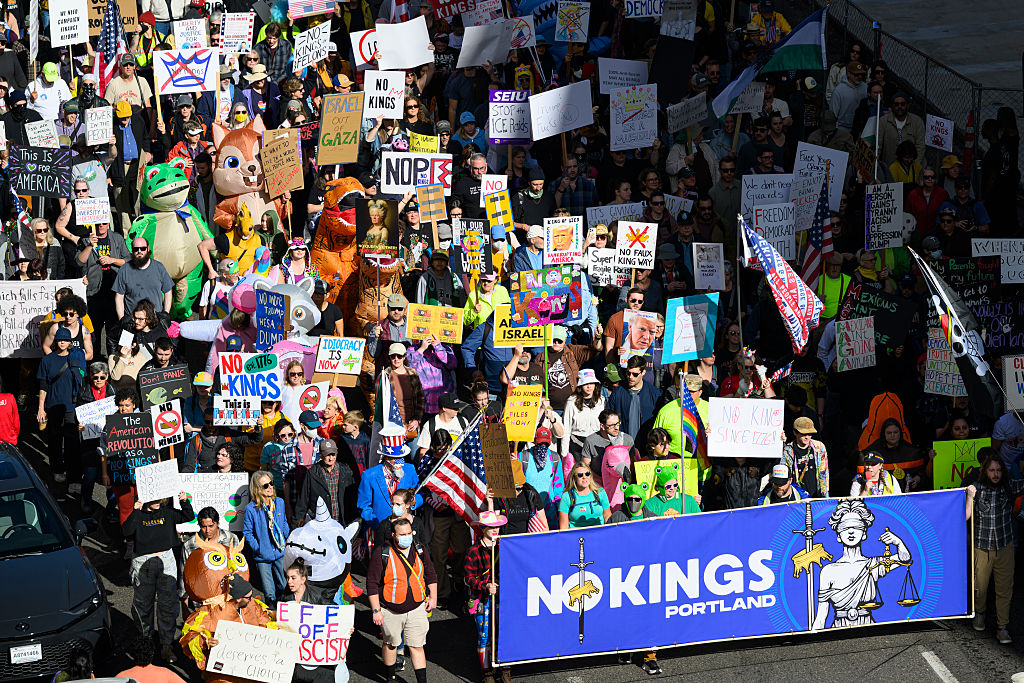

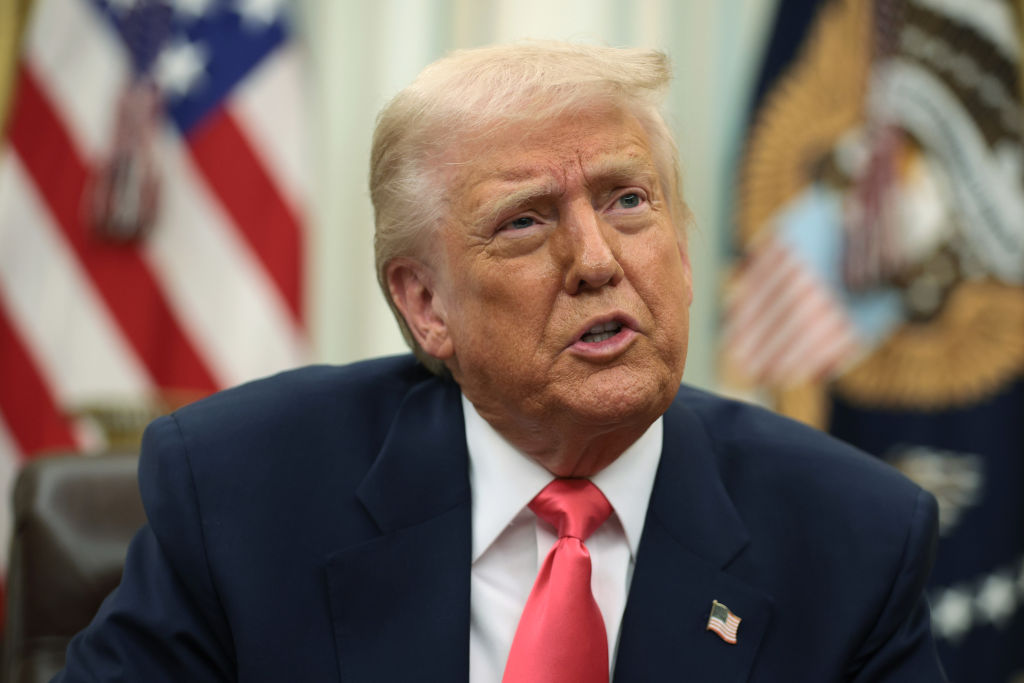
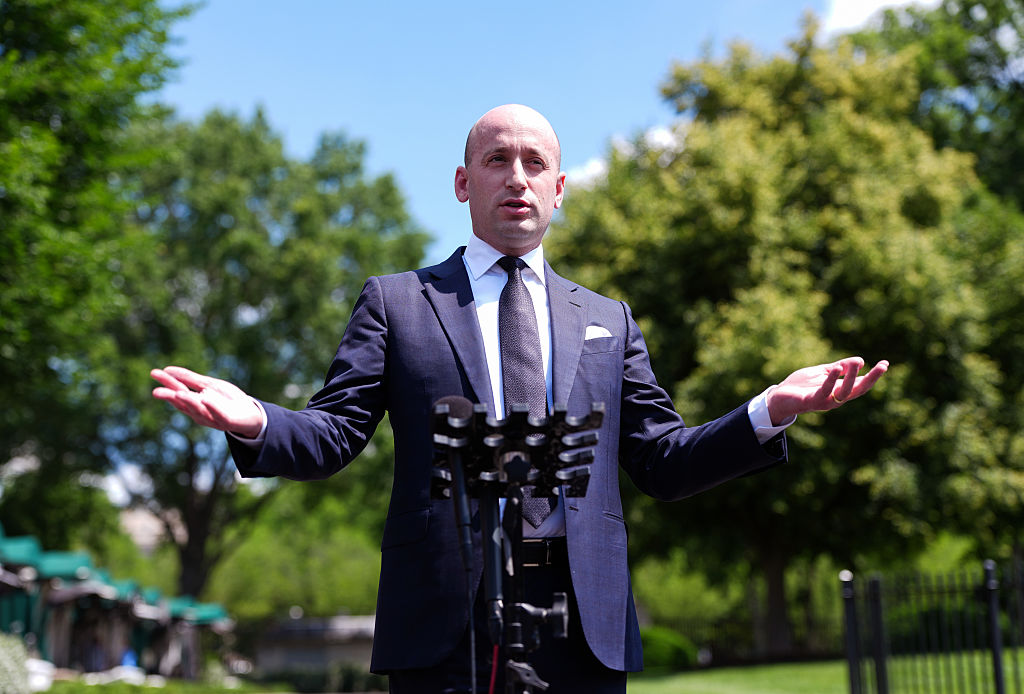
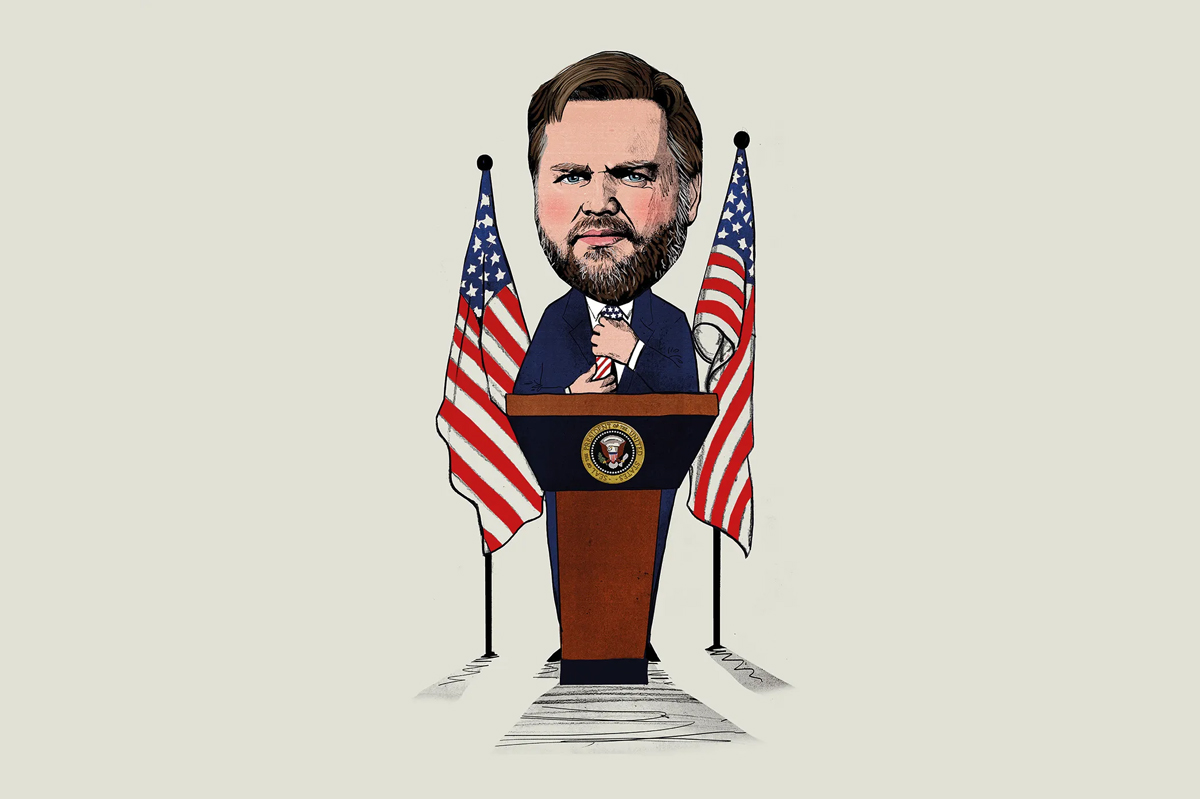
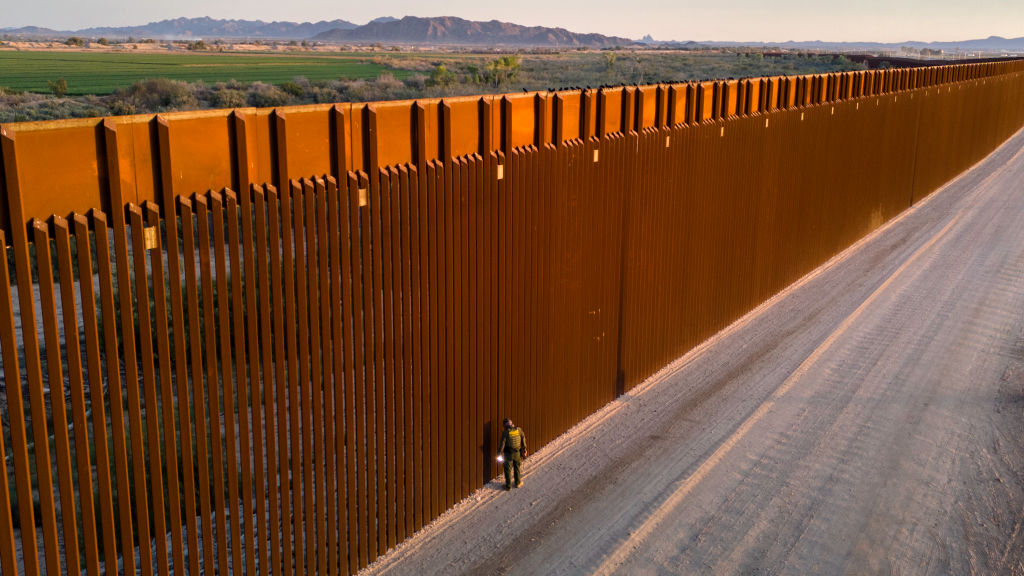







Leave a Reply